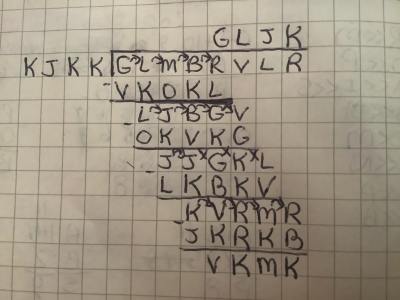projects
| wcp1 (due 20230125) |
| ntr0 (due 20230126) |
| pct0 (bonus; due 20230129) |
| pct1 (bonus; due 20230129) |
| spp2 (due 20230201) |
| wcp2 (due 20230201) |
| pct2 (due 20230202) |
| pct3 (bonus; due 20230208) |
| spp3 (due 20230208) |
| wcp3 (due 20230208) |
| spp4 (due 20230215) |
| wcp4 (due 20230215) |
| pct4 (due 20230216) |
| bwp1 (bonus; due 20230301) |
| pct5 (bonus; due 20230301) |
| spp5 (due 20230301) |
| wcp5 (due 20230301) |
| gfo0 (due 20230308) |
| wcp6 (due 20230308) |
| pct6 (due 20230309) |
| spp6 (due 20230309) |
| pct7 (bonus; due 20230315) |
| spp7 (due 20230315) |
| wcp7 (due 20230315) |
| pct8 (due 20230322) |
| wcp8 (due 20230322) |
| spp8 (due 20230323) |
| pct9 (bonus; due 20230329) |
| spp9 (due 20230329) |
| wcp9 (due 20230329) |
| bwp2 (bonus; due 20230412) |
| gfo1 (due 20230412) |
| pctA (due 20230412) |
| sppA (due 20230412) |
| wcpA (due 20230412) |
| pctB (bonus; due 20230419) |
| sppB (due 20230419) |
| wcpB (due 20230419) |
| pctC (due 20230426) |
| sppC (due 20230426) |
| wcpC (due 20230426) |
| pctD (bonus; due 20230503) |
| wcpD (bonus; due 20230503) |
| gfo2 (due 20230510) |
| pctE (bonus; due 20230510) |
| wcpE (bonus; due 20230510) |
| EoCE (due 20230518) |


